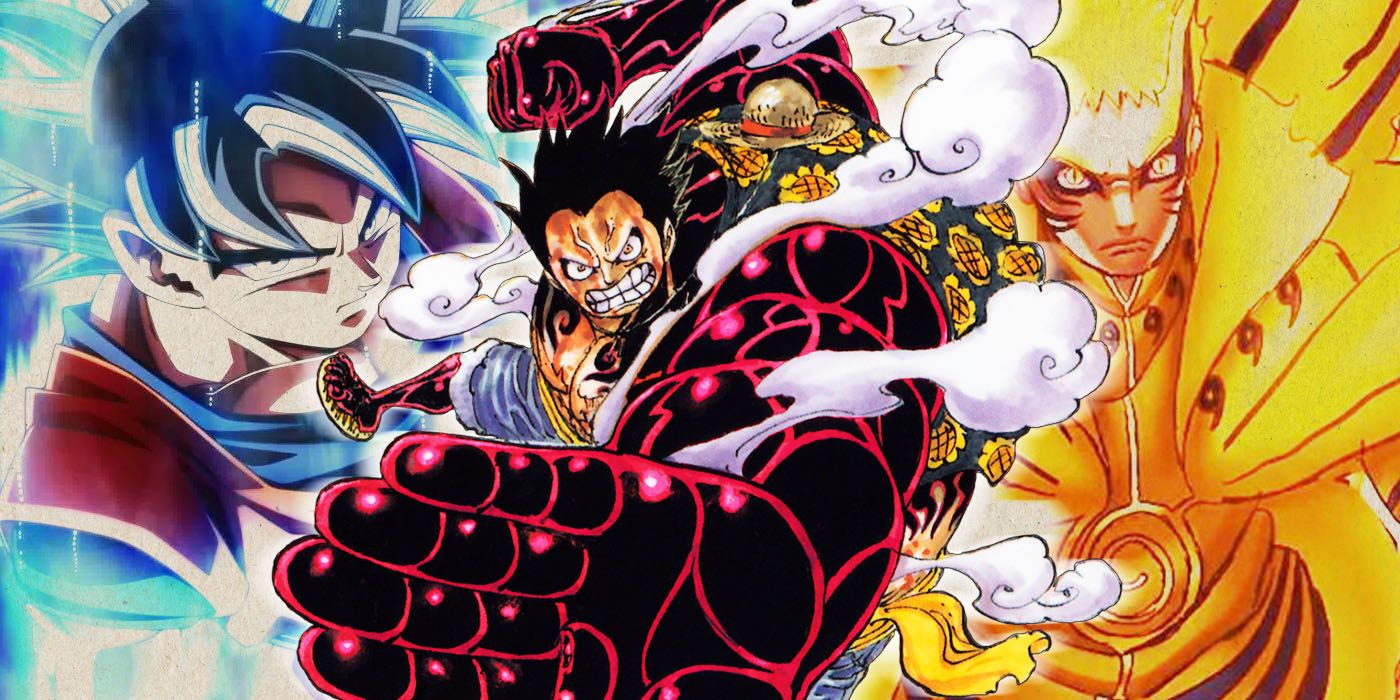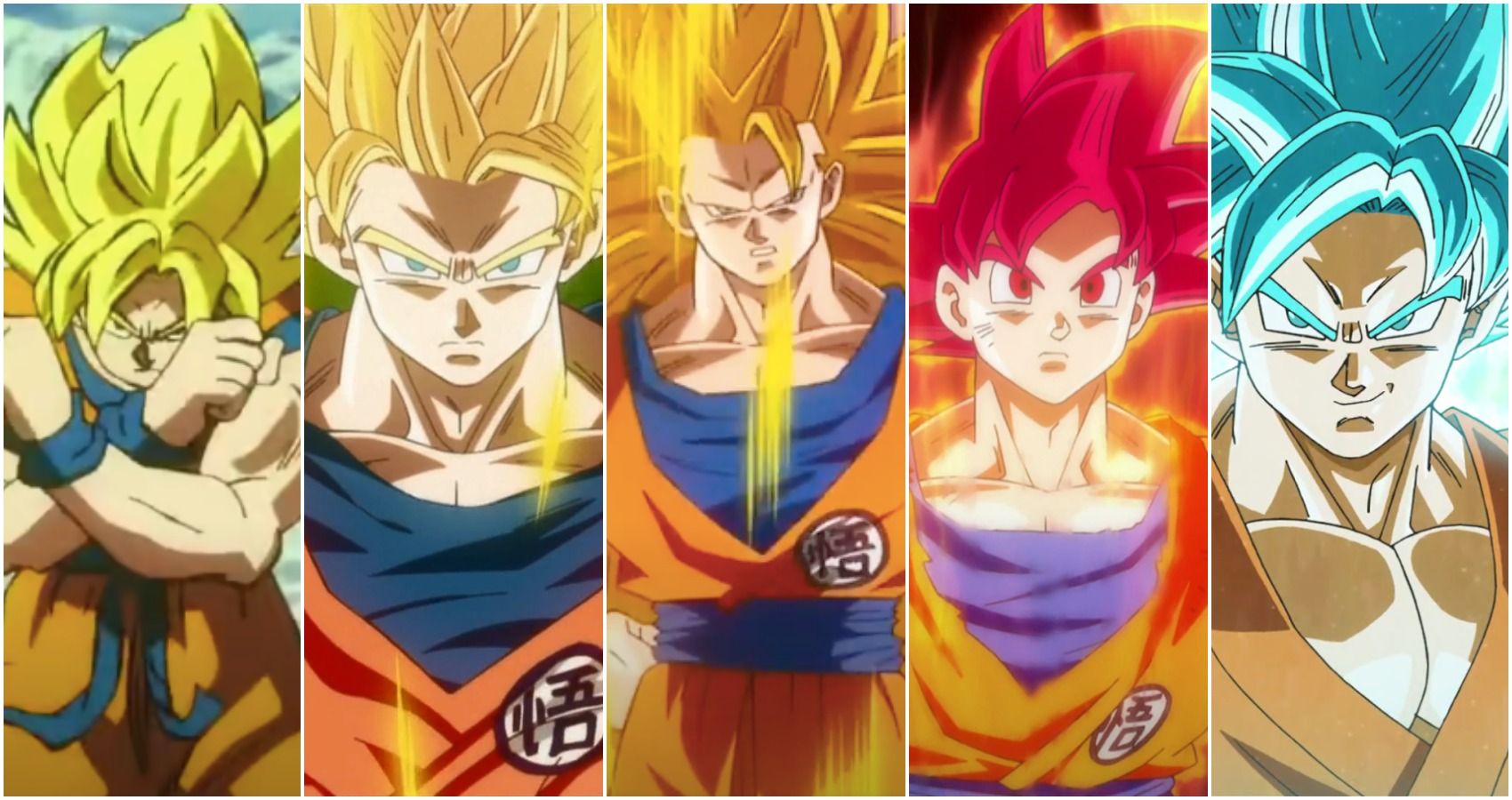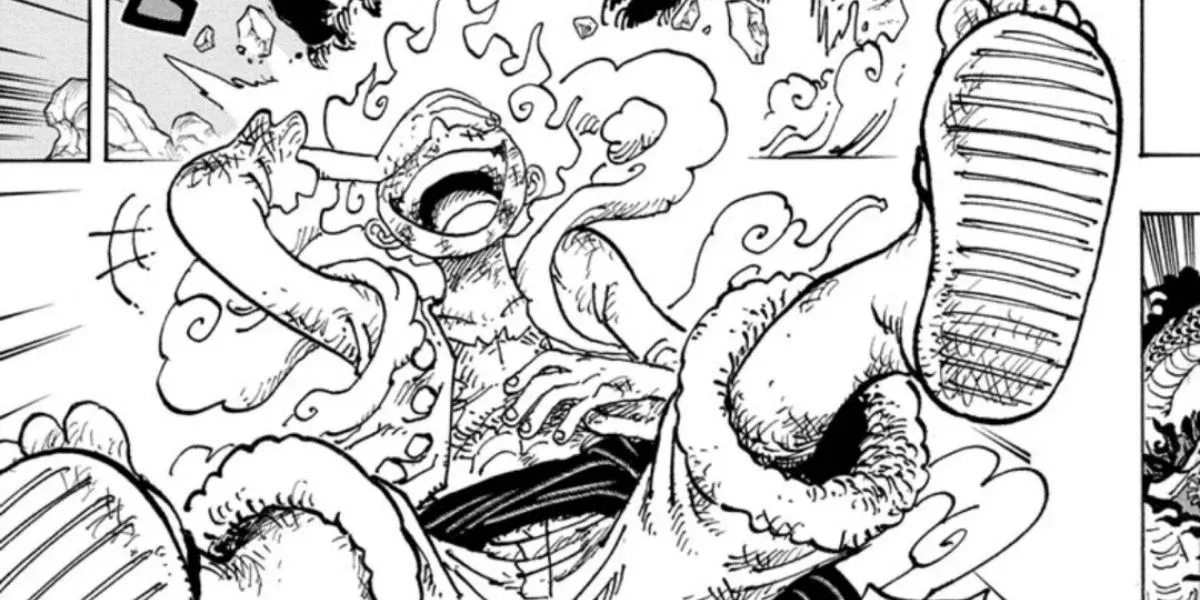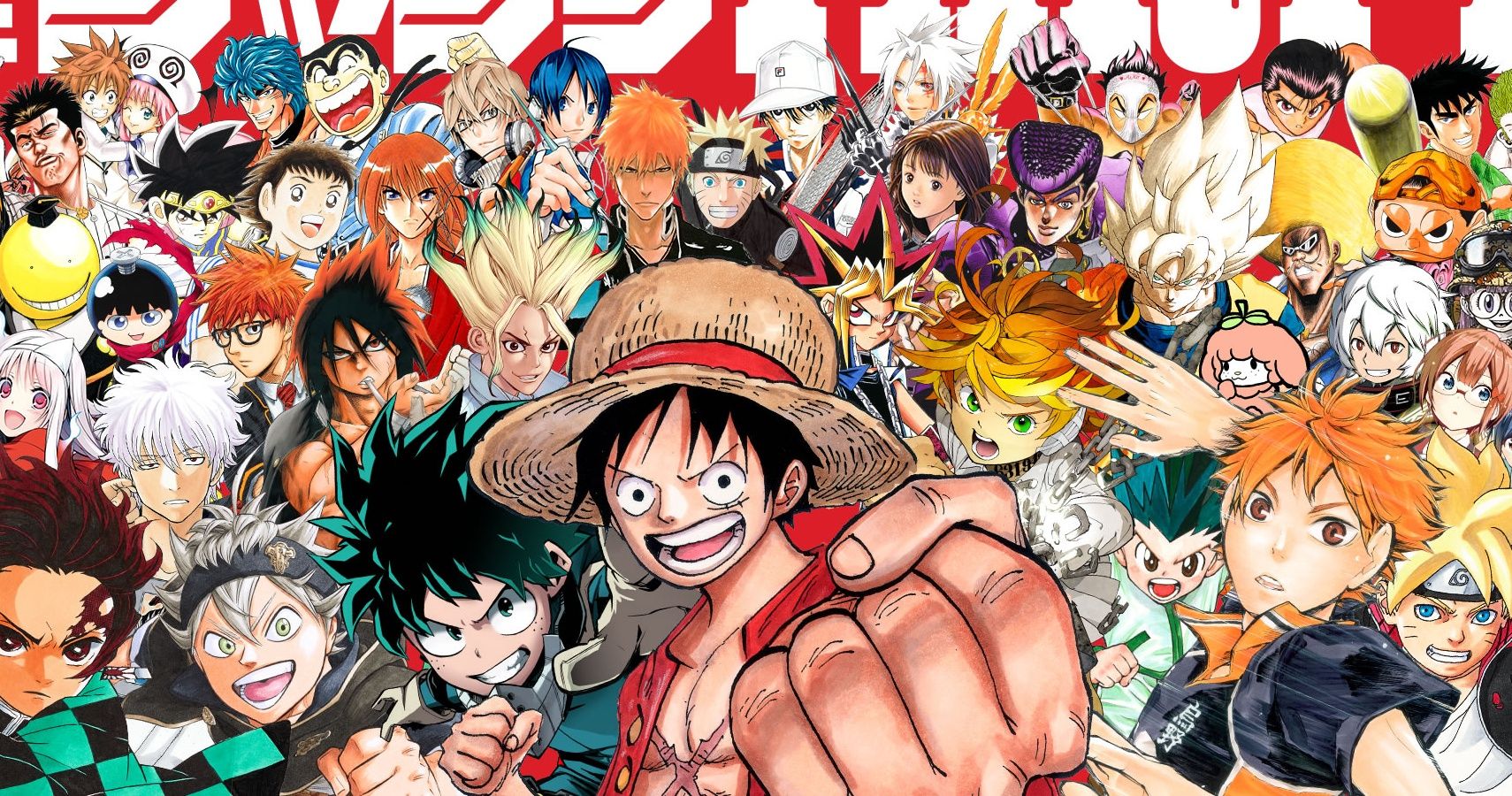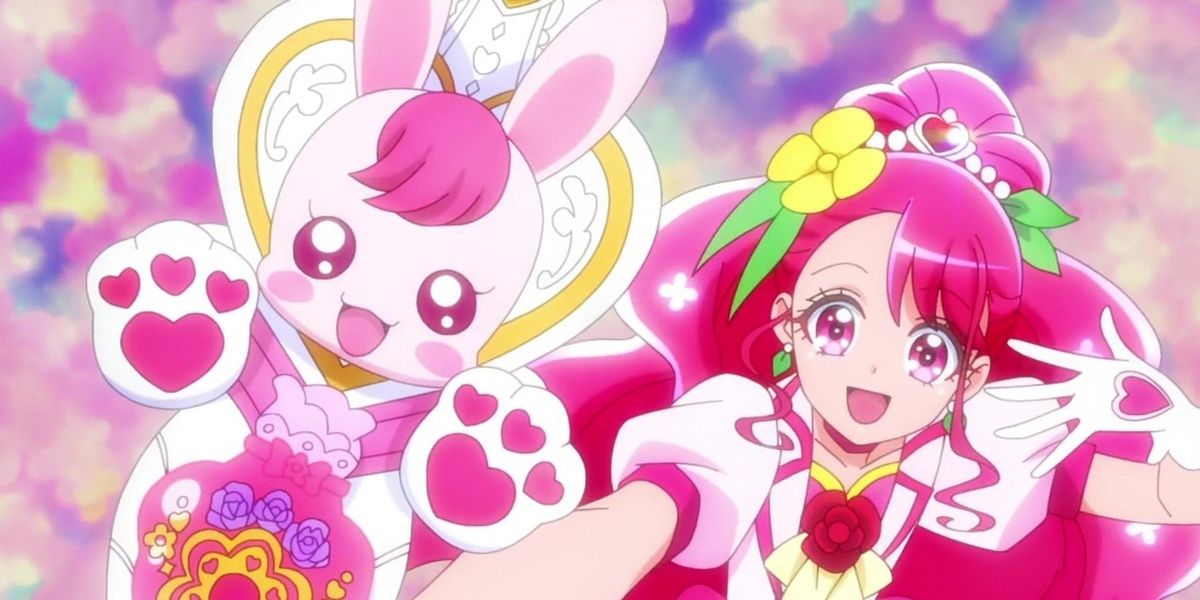Battle shonen anime and manga have developed a nasty habit over the years. More often than not, opponents will come along that the main characters can't beat without the latest power-up. If it were just that the power-up was what gave them the edge or was one of many ways to win, that could work. However, some of these stories are written as though the antagonist can only be beaten with the new power-up. Until then, they remain invincible. This style of power creep has grown rampant throughout anime.
While plot progression requiring a certain plot device is nothing new, how anime and manga handle it can be incredibly frustrating. The leaps and bounds some series will go to make it seem as though only the latest gimmick can save the day are absurd. At first, it was a problem common in a few popular battle shonen. However, the issue has expanded into other series and changed otherwise-decent writing into something contrived, lazy, and repetitive.
Of course, for all the ways this trope has been used, power-ups can come in all shapes and sizes. When it comes to battle shonen, they're often presented as newfound strength, new techniques, new skills or abilities, new attacks, or new transformations. However, whatever the power-up is isn't enough to cause a problem.
It's also not a problem if an incoming power-up is established correctly or foreshadowed. For example, if the character got their power-up through training, that should be fine. At that point, they're simply taking their newfound power and applying it to a situation that calls for it. If the power-up is the training itself, that's not necessarily an issue. Improving one's strength and skills to handle newer, stronger threats is a fairly natural way to necessitate a power-up on the main characters' part.
The real issues begin with how the need for a power-up is set up. Often, the antagonist will be made out to be nigh unbeatable through any previously established abilities or feats of strength on the main characters' part. When this happens, it can feel like the story is forcing a situation where the characters have to use a cool new power-up to win.
There are two major problems with setting up the need for a power-up like this. For one thing, it makes all previous powers and abilities come off as lame and worthless regardless of whatever coolness factor they initially had. The apparent need for more power also narrows the road ahead and makes the story all the more predictable. This form of fabricating tension devalues older parts of the series just so an easily-anticipated power-up can have its own brief moment in the spotlight.
As if setting up the power-up like this wasn't bad enough, there can also be problems with how the power-up is gained. Again, having the power-up earned through training isn't a problem, nor is proper foreshadowing. However, if a new ability is manifested in the middle of a fight without any steps taken to earn it, that can be difficult to argue for; it runs the risk of coming off as a deus ex machina or plot armor. A character being saved by their own sudden burst of strength that's apparently come out of nowhere can feel dissatisfying and undeserved.
Worse still is just how much of an advantage a newfound power-up can give a character in a fight. Where the fight might have started with them completely outclassed by their opponent, they may suddenly find themselves completely overpowering that same opponent; suddenly, it's the enemy that's made to look lame and worthless. So much of a story's dignity can be lost in the search for these kinds of cheap thrills.
Again, the biggest offenders of overemphasized power creep come from shonen battle manga, especially those published in Weekly Shōnen Jump. This magazine primarily caters to younger readers, so the stories are often kept straightforward and easy to follow. This approach to writing also affects how most battles play out. Thus, most combatants are written to be either much stronger than their opponents right up until the tables are turned.
Shōnen Jump has produced many popular works that have overused the helpless-until-powered-up trope. Some older examples include series like Dragon Ball, Saint Seiya, and Yū Yū Hakusho. Series like these sometimes found their own ways around the trope, but the damage had already been done. These beloved series popularized the idea that the only way to win a fight was with absolute power.
Shōnen Jump's biggest hits have encouraged successors and imitators alike to fall for the same writing pitfalls that they did. Even popular series in their own rights, like One Piece, Naruto, and Bleach, were made susceptible to power creep and perpetuated the trope's perceived value. The trope has been further implemented into other popular Jump series like Black Clover, Demon Slayer, and Jujutsu Kaisen. Even the non-battle shonen like Kuroko's Basketball and Dr. Stone have fallen for it. The whole magazine has become a hazardous breeding ground for this trope to flourish, and the more it works, the more writers are inclined to use it.
What's really tragic, however, is how power creep has spread to other series beyond Shōnen Jump. Battle shonen like Fairy Tail and The Seven Deadly Sins that tried to recapture the magic of Jump's greatest hits were lured into imitating their flaws as well as their strengths. It's one of many reasons for one to wonder how much better off these series could be if they tried to be more of their own thing.
One of the worst studios to be afflicted by power creep is Toei Animation. Over the years, they've adapted some of the biggest offenders of this trope, including Dragon Ball Z, Saint Seiya, One Piece, and Sailor Moon. Not only do they adapt the scenes that embody this trope, but when they need to write their own action sequences for movies and OVAs, they'll often fall back on it. It's as though working on series that rely on this trope has inadvertently made Toei Animation bad at action writing.
They've also applied this subpar action writing to other works under their banner. Series with wholly anime-original content like Digimon, Dragon Ball Super, and Pretty Cure all make their older power-ups seem worthless right before the next power-up comes along. It's almost as if Toei Animation doesn't know how to write a fight as anything other than an absolute blowout.
However, emphasizing the need for new power-ups is more likely done so that the merchandise related to those new power-ups sells more. Unfortunately, if this is true, then it just devalues absolutely everything about the anime, including the power-up. Anime that was once praised for its compelling storytelling devolving into shameless toy commercials like most 1980s Western cartoons is depressing in many ways.
The best way to avoid this issue with power creep is to maintain the usefulness of older skills. A good fight is about combatants using all of their abilities optimally to beat their opponents and not relying on a single gimmick. Even Dragon Ball Z got this right with some of its bigger battles. In a properly balanced match, there are all sorts of ways to win a fight. While this sounds counteractive to storytelling methods like building tension or foreshadowing, it's much better than the predictable alternative anime has created.
New power-ups and abilities can certainly be cool, but they don't have to be put on such a high pedestal. Whether it's Ultra Instinct, Gear Five, or Baryon Mode, its presentation shouldn't render everything that came before it irrelevant. Instead, it should supplement a character's skillset and only give them the slightest edge they need to win, not an overwhelming advantage. The more series that can handle doling out power-ups like this, the better.

